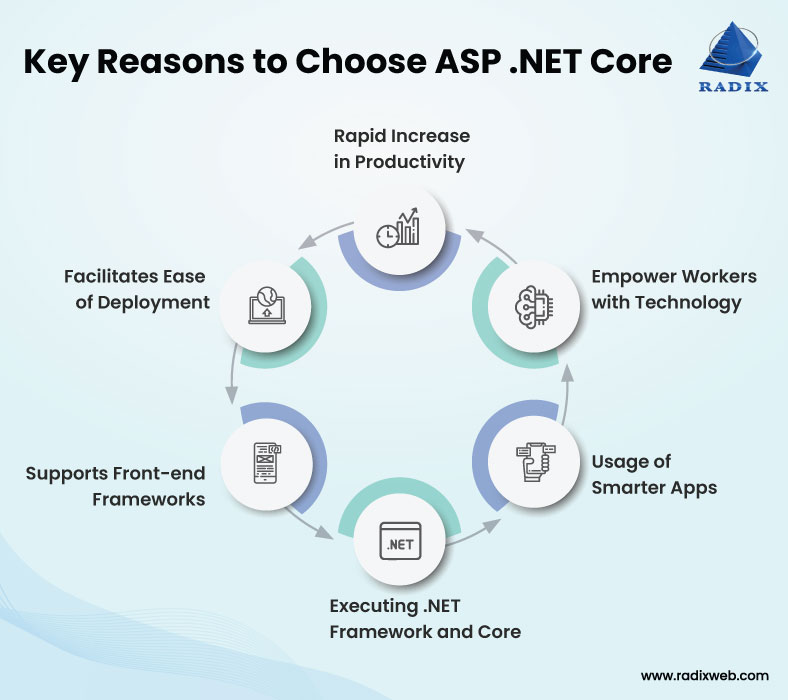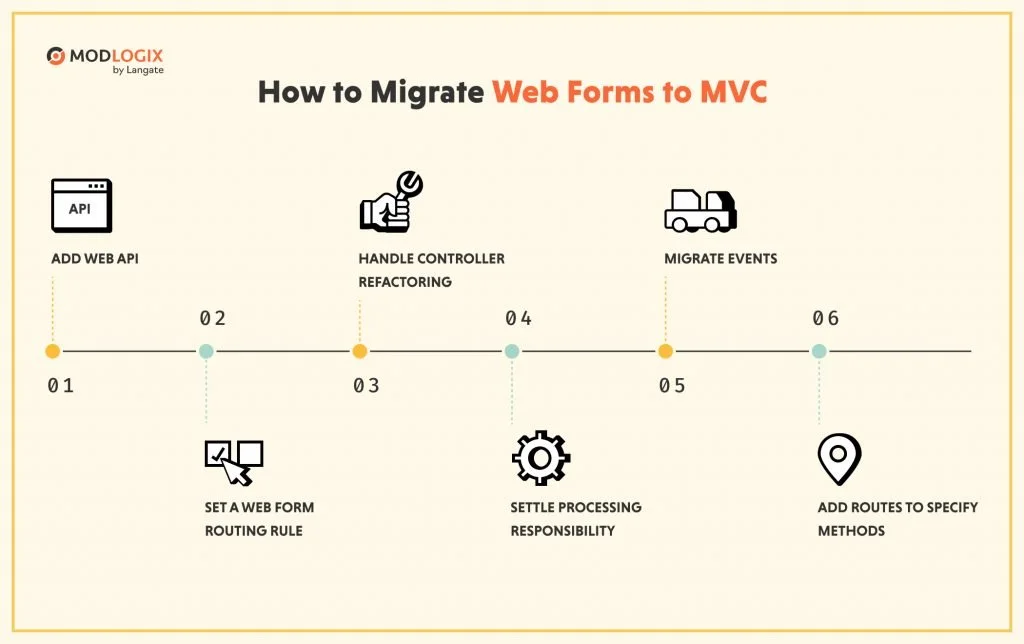Introduction:
In the ever-evolving landscape of web development, staying updated with the latest technologies is essential to build modern and robust web applications. For many years, ASP.NET Web Forms has been a popular framework for building web applications, but with the emergence of ASP.NET Core, developers are now transitioning to this new and improved platform. This article explores the reasons behind this transition, the advantages of ASP.NET Core, and how developers in Surat can smoothly make the switch.

1. Understanding ASP.NET Web Forms:
ASP.NET Web Forms has been a staple framework for web development in Surat and beyond. It offers a rich set of server-side controls, making it easier to build complex UI elements. However, over time, developers have encountered certain limitations with Web Forms, such as its tight coupling with ViewState, limited testability, and lack of support for cross-platform development.
2. The Rise of ASP.NET Core:
ASP.NET Core, on the other hand, is an open-source, cross-platform framework that addresses many of the limitations of ASP.NET Web Forms. It is modular, lightweight, and designed for high-performance web applications. ASP.NET Core embraces modern web development paradigms and provides better support for cloud-based hosting and microservices architecture.

3. Advantages of Transitioning to ASP.NET Core:
a. Performance: ASP.NET Core is optimized for performance, resulting in faster response times and improved scalability compared to ASP.NET Web Forms. This is particularly beneficial for web applications with high user traffic.
b. Cross-platform Compatibility: ASP.NET Core runs on Windows, macOS, and Linux, enabling developers in Surat to target a broader audience and deploy applications on various platforms.
c. Open-Source and Community-Driven: ASP.NET Core being open-source means that it benefits from continuous improvement and innovation through contributions from the developer community. Bugs are fixed faster, and new features are added regularly.
d. Improved Testability: ASP.NET Core’s dependency injection and decoupling of components make it more testable, allowing developers to create unit tests easily and ensure the application’s reliability.
e. Enhanced Security: ASP.NET Core provides built-in security features, making it easier to protect web applications against common security threats.
f. Support for Modern Web Standards: ASP.NET Core embraces modern web standards, making it compatible with the latest technologies, such as WebSockets and WebRTC.

4. Preparing for the Transition:
Before transitioning from ASP.NET Web Forms to ASP.NET Core in Surat, developers should assess the existing web application thoroughly. It’s essential to identify the functionalities that need to be migrated and plan the migration process accordingly. Also, investing time in understanding the fundamental differences between the two frameworks will smoothen the transition process.

5. Steps to Transition:
a. Refactor Code: Start by refactoring the existing codebase to remove dependencies on Web Forms-specific features and APIs. Replace server-side controls with client-side libraries and components, where possible.
b. Redesign UI: ASP.NET Core encourages the use of front-end frameworks like Angular, React, or Vue.js for building the UI. Redesign the user interface using these frameworks to achieve a more modern and responsive design.
c. Migrate Data Access: Migrate data access code to Entity Framework Core, the preferred data access technology in ASP.NET Core. This will enable better database interactions and increased performance.
d. Update Authentication and Authorization: ASP.NET Core offers improved authentication and authorization mechanisms. Update the authentication logic to take advantage of the latest features for user security.
e. Test Thoroughly: As you transition, perform comprehensive testing to ensure that the application functions as expected and identify and fix any potential issues.

6. Seeking Expert Guidance:
Transitioning from ASP.NET Web Forms to ASP.NET Core can be a complex process. It is advisable for developers in Surat to seek expert guidance or enroll in reputable ASP.NET Core training courses to get hands-on experience and guidance from experienced instructors.
Conclusion:
Transitioning from ASP.NET Web Forms to ASP.NET Core in Surat is a strategic move that opens up new opportunities for developers to build modern, high-performance, and cross-platform web applications. With the advantages of enhanced performance, improved testability, and cross-platform compatibility, ASP.NET Core is the future of web development. By planning the transition carefully and seeking the right resources and training, developers in Surat can successfully embrace ASP.NET Core and stay ahead in the rapidly evolving world of web development.
